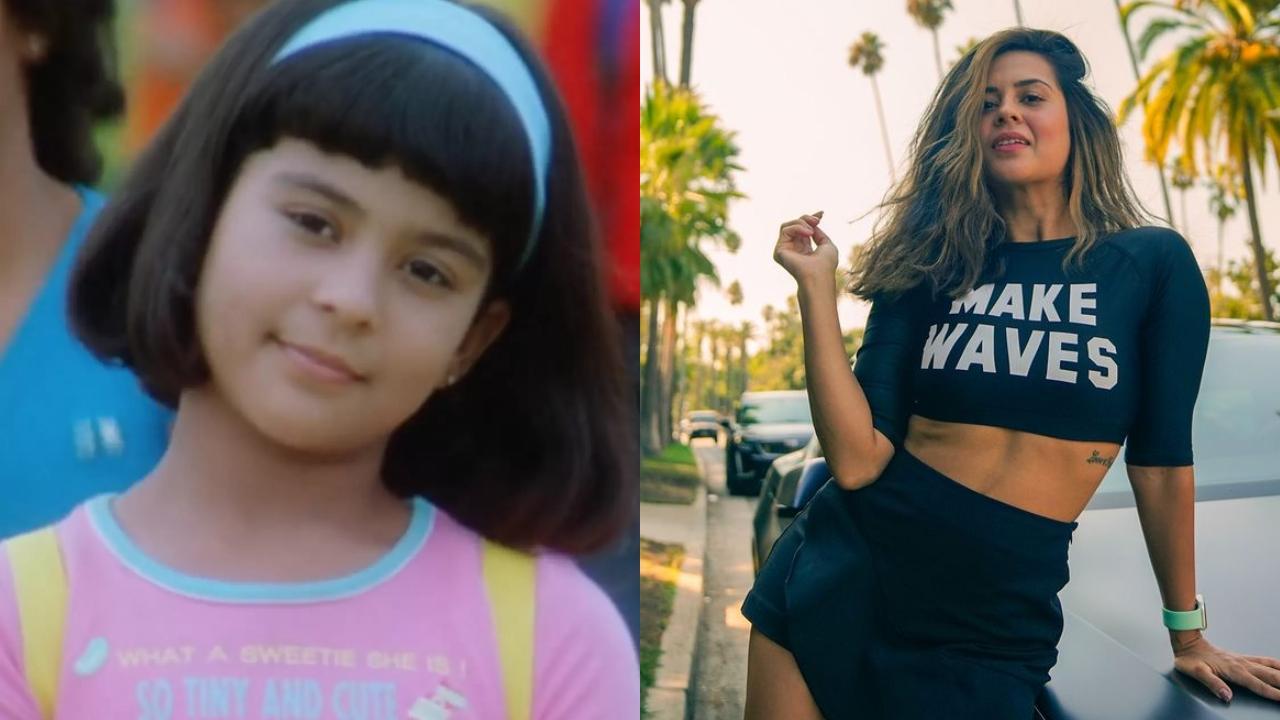Tammy Burnstock is a believer in what scents can add to watching a film, and she doesn’t mean the tang of popcorn and occasionally fried chicken that sometimes dominates multiplexes. Instead, she’s an advocate for the power of carefully curated scents, either wafting around a cinema or perhaps triggered with a scratch-and-sniff card, in enhancing storytelling. Tammy Burnstock is one of the organisers of a scratch-and-sniff screening of Female Trouble at the Sydney Underground Film Festival.
Credit: Janie Barrett . “The world is catching up to smell,” she says. Burnstock, a director and event producer, along with self-described independent media archaeologist Jas Brooks have curated smells for a 50th anniversary screening of the camp comedy Female Trouble in Sydney next month.

“As John Waters’ devotees, we’ll be pleasing everybody with both good and bad smells,” Brooks says. “It is, after all, a film by the Pope of Trash.” While there were earlier attempts to add scents to movies, the process is best known from short-lived American systems like Smell-O-Rama, AromaRama and Smell-O-Vision that existed from the 1950s to the 1970s.
The 1960 Denholm Elliott-Elizabeth Taylor thriller Scent of Mystery screened with perfume accompanying the appearance of a woman in danger, pipe tobacco for the male villain and the smells of roses, coffee, shoe polish, brandy and other everyday items. Its posters carried a comically overstated boast about the importance of the technology in the history of movies: “First they moved! Then they talked! Now they smell!” Despite how low-tech scratch-and-sniff screenings are – patrons scratch a card when a matching number appears on or beside the screen – there has been a surprising revival lately. Melbourne’s Cinema Nova had A Weekend of Whiff and Wonder last month that included the 1980 American documentary Garlic Is As Good As Ten Mothers, with real garlic cooked in the cinema, Willy Wonka And The Chocolate Factory, which was accompanied by the smell of chocolate, and O nly Lovers Left Alive , a Jim Jarmusch vampire movie where the fake blood in supplied vials smelt sweet .
Also screening with scratch-and-sniff enhancement alongside F emale Trouble, at the Sydney Underground Film Festival at the Dendy Newtown next month, the 1922 classic Nosferatu , with live musical accompaniment, at Sydney’s Randwick Ritz in November and two yet-to-be-announced films in Melbourne’s Midsumma Festival early next year. The scratch-and-sniff card and vials containing scents for a recent screening of the classic Nosferatu. Credit: Janie Barrett There have been regular scratch-and-sniff screenings of Waters’ 1981 comedy Polyester, which was released in what he called Odorama, as well.
“People often approach it as a gimmick,” Brooks says of adding scents to movies. “But the emotional aspects of a movie, or just the quality of the movie itself, become much more vivid with smell. “It really grounds the scenes in a way that just visuals and sounds don’t at all.
It’s such a visceral reaction when you smell something.” Burnstock believes the power of smell in art is how it triggers memories. A scratch-and-sniff screening of Female Trouble will open the Sydney Underground Film Festival.
Credit: Sydney Underground Film Festival “It’s like an instant recall of everything associated with it,” she says. “You’re transported back to a time and a place and the people.” For as long as television has been competition, there have been all sorts of attempts to enhance the cinema experience.
In the 1950s and ’60s, widescreen Cinerama screened the likes of Cinerama Holiday and The Greatest Story Ever Told with three synchronised projectors. In the 1970s, auditoriums rumbled with Sensurround for the likes of Earthquake, Battle of Midway and Rollercoaster . When Avatar was released in 2009, 3D was being touted as the immersive future of cinema, but it had almost disappeared until James Cameron released the sequel Avatar: The Way of Water in 2022.
Tilda Swinton and Tom Hiddleston in Jim Jarmusch’s Only Lovers Left Alive. These days, in a wide range of auditoriums, there are cinemas with seats that move in time with the action on screen. The Hoyts chain has D-Box, which has seats with three levels of intensity; Village and Event have 4DX, which also features fog, lightning, tickler, mist and wind effects and such scents as smoke and coffee.
“They offer a more enhanced experience for people who enjoy those kind of things,” Hoyts’ chief executive Damien Keogh says. “For the cinema operator, there’s an upcharge that we can make.” Even though D-Box costs $8 more than a standard cinema ticket, it has been popular enough for Hoyts to keep adding cinemas to its multiplexes.
“We’re annualising now about 350,000 admissions [in 23 cinemas in Australia and New Zealand] through D-Box so it’s certainly not a gimmick,” Keogh says. While shaking seats seems most likely to appeal to fans of action films, the chain’s biggest hits in D-Box cinemas this year have been Dune Part 2 , Despicable Me 4 , Godzilla x Kong: The New Empire , Inside Out 2 and Kung Fu Panda 4 , which suggests they are popular with families. Keogh is not convinced about scratch-and-sniff screenings, though.
“I think it’s a crazy gimmick,” he says. “The reality is people want the big screen environment - they like the big auditorium - and they’re just after a cracking movie.” Find out the next TV, streaming series and movies to add to your must-sees.
Get The Watchlist delivered every Thursday ..



















